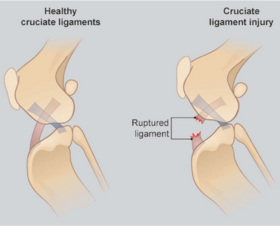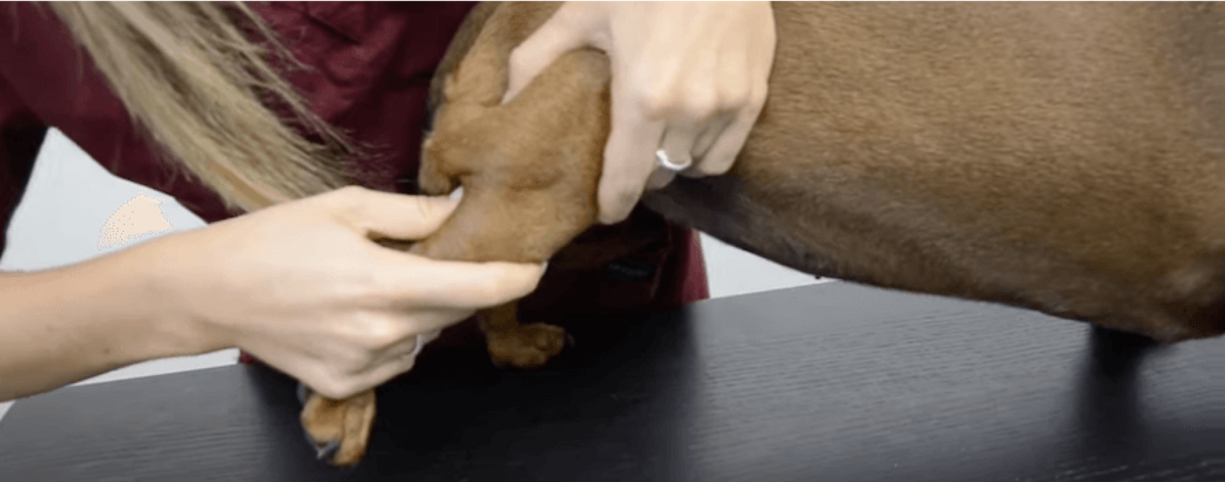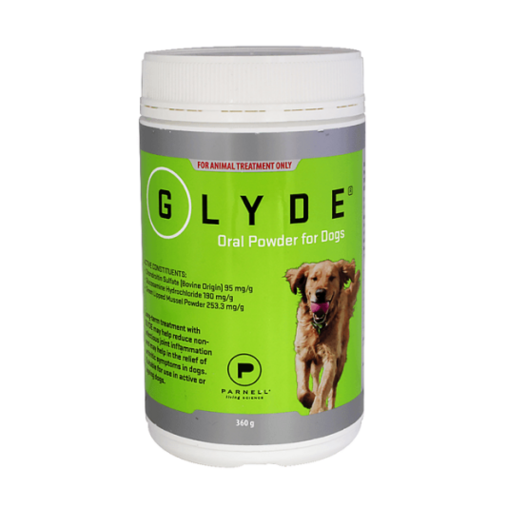Prescription Diets for joint care may also be recommended by your veterinarian. These diets are suitable for dogs over 12 months of age and contain the same beneficial nutrients used in joint supplements, designed to be delivered in a perfect blend. Our top veterinary diets for joint care include Hills Prescription Diet j/d and Royal Canin Mobility CP2+.
D. Environmental Modifications
For a dog with cruciate disease, the physical strain of getting out of bed, climbing stairs, or jumping on and off furniture can be quite challenging and painful. Making changes to your home can really help reduce discomfort for your pet. Our top recommendations include:
1. Ramps and stairs - these are essential for pets who sleep on the furniture, or jump in and out of the car a lot.
2. A raised bed - When looking for a bed, try to find a well-padded bed that is elevated slightly. Rising from ground level can be difficult with stiff joints and an elevated bed requires less movement to stand up. Avoid beds with a large lip as this can be hard to step over.
3. Carpeted, non-slip flooring is also advised around bedding and if possible, in all areas of the house your dog travels to.
4. A heating mat in winter - Cold weather can cause stiff joints, so a heating mat can help soothe sore joints and improve mobility when getting up.
E. Exercise Techniques and Physiotherapy
When it comes to exercising a dog with cruciate disease, non-weightbearing exercise is key. We don't want to overdo it and lead to discomfort and accelerated cartilage destruction, however we do want to achieve a healthy weight which requires some degree of exercise.
Swimming is the ideal option, with minimal pressure placed on the joints. Swimming is a gentle way to strengthen and rebuild muscles to prevent further injury. Many arthritic dogs also respond well to muscle massage and acupuncture.
F. Weight Management
Weight control is the single most important strategy in the management of inflammatory arthritis in dogs. As well as adding extra load to sore joints, fat also releases inflammatory mediators which contribute to inflammation in many part's of your dog's body, including the joints. Read more about how to help your dog maintain a healthy weight.
2. Surgery for Cranial Cruciate Disease
Surgical stabilisation is usually recommended for dogs over 15kg. For cruciate surgery, a specialist veterinary surgeon is usually required. While some veterinarians are qualified and confident in orthopaedic surgeries, many will refer you to a specialist for optimal care.
There are several surgical procedures that can be done for the repair of a ruptured cranial cruciate ligament:
- Intra-Articular Surgical Methods: involve the use of grafts to replace the cranial cruciate ligament. Sometimes these are referred to as a 'Mini-Tightrope System'. This type of surgery is mostly outdated nowadays, as they do not provide reliable long-term stability and can create excessive inflammation.
- Extra-Capsular Suture Technique ('De Angelis Technique'): This procedure involves the placement of a suture or cord outside the joint capsule to provide stability. The hope is that the suture remains in place for 8-12 weeks to allow time for scarring and fibrous tissue to grow, which can help provide stability.3
- Simitri Stable in Stride: This technique involves the positioning of a stifle-stabilising implant (a metal plate with screws) on the medial aspect of the limb. It has not been universally adopted by the orthopaedic community, but initial results are promising.4
- Tibial Plateau Leveling Osteotomy (TPLO): this is a dynamic procedure which uses physics to stabilise the stifle. It involves cutting into the tibia bone, rotating a segment and fixing it in place with a metal plate to reduce the tibial plateau angle. By reducing this angle, the tibia stays is stabilised and secure. The TPLO is one of the more common procedures performed nowadays.
- Tibial Tuberosity Advancement (TTA): A geometry-modifying procedure, which involves cutting the top of the tibia and angling it forward with the use of a metal plate. This alters the angle of the patellar ligament and creates stability.
- Triple Tibial Osteotomy (TTO): A hybrid procedure which involves the removal of a wedge of bone from the tibia, as well as the advancement of the tibial tuberosity. A large plate and screws is needed to hold the repair together.










